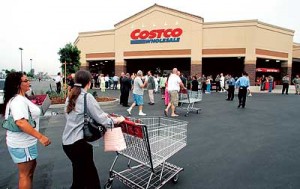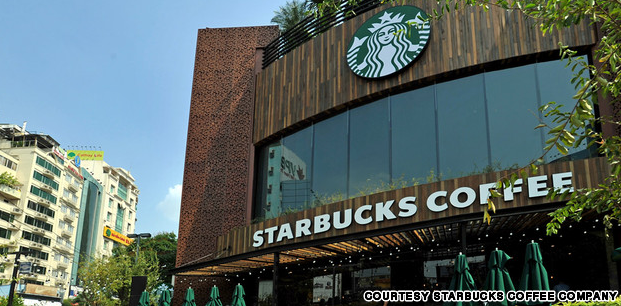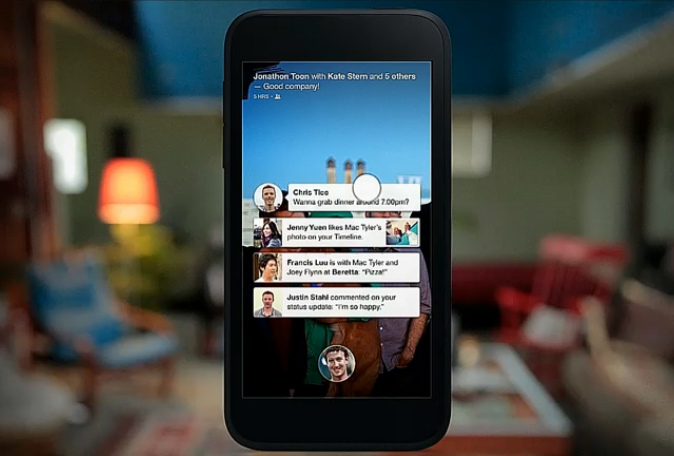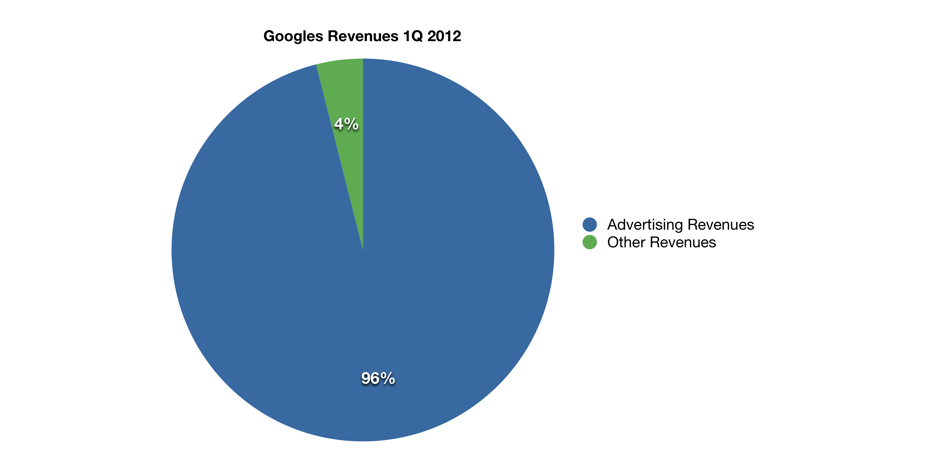Costco’s Wholesale’s Mission Statement is to, continually provide their members with quality goods and services at the lowest possible prices. Costco’s has implemented a strategy for a competitive advantage by having a mix of low-cost providers and differentiation. Costco differentiates itself by providing consumers with products in bulk at a low per unit cost, giving rise to a competitive advantage. Costco delivers exceptional value in the products and customer service offer, giving customers the satisfaction that they are getting more for their money.
What keeps customers coming back to Costco, and what is it that makes it so successful? To answer the first question, Costco offers two types of memberships—the regular and executive membership. With an executive membership, Costco gives a 2% reward on annual Costco purchases. A holder of the executive membership receives incentives for shopping there, which leads to more sales and higher customer visits. Costco has made itself a highly successful company by offering quality products and excellent customer service. Not only do they treat their customer’s well but offer their employees a competitive salary, making on average $20 an hour. They receive great benefits and are part of a safe and healthy working environment as well. At Costco they are committed to providing its employees with opportunities for personal and career growth. A satisfied and happy employee translates into a productive working environment. By giving its customers competitive wages, Costco is creating valuable and productive employees, which in turn increases their output per employee, they save money on hiring many merely good employees, and offer quality service.
My family holds a membership, and we primarily go there for most of our groceries, and what I have learned is that, the shopping experience forms part of Costco’s competitive advantage. They offer free samples throughout their store, have a food court, and gasoline station with reduced prices. Their competitive prices and savings keep us coming back. Saving on gas while on a trip to buy groceries is an added benefit that has contributed to Costco’s competitive advantage and differentiation. Costco has competition with companies such as Sam’s Club and Wal-Mart, but so far it has proved to be dominating the wholesale business, being listed at #12 on Fortune’s 2014 most admired companies. I believe that as long as they keep doing what they are doing, and going a step further to satisfy its customers, they will continue to dominate the wholesale business.
Do you or any family members hold a membership at Costco? If so, how satisfied are you with the products and services they offer?
Do you think Costco’s competitive advantage would strengthen or weaken by expanding to continents such as Europe or Asia?
Are there still any areas for improvement at Costco?


 Almost 2,000 fans booked this rock n’ roll cruise, with most of them being first time cruisers, says company spokeswoman, Godja Soennichsen. The goal of this cruise was not only to generate income to make up for the recent loss, but also to gain publicity and counter the negative press. Managers also wanted to reach a demographic that may have previously never considered a cruise.
Almost 2,000 fans booked this rock n’ roll cruise, with most of them being first time cruisers, says company spokeswoman, Godja Soennichsen. The goal of this cruise was not only to generate income to make up for the recent loss, but also to gain publicity and counter the negative press. Managers also wanted to reach a demographic that may have previously never considered a cruise.


